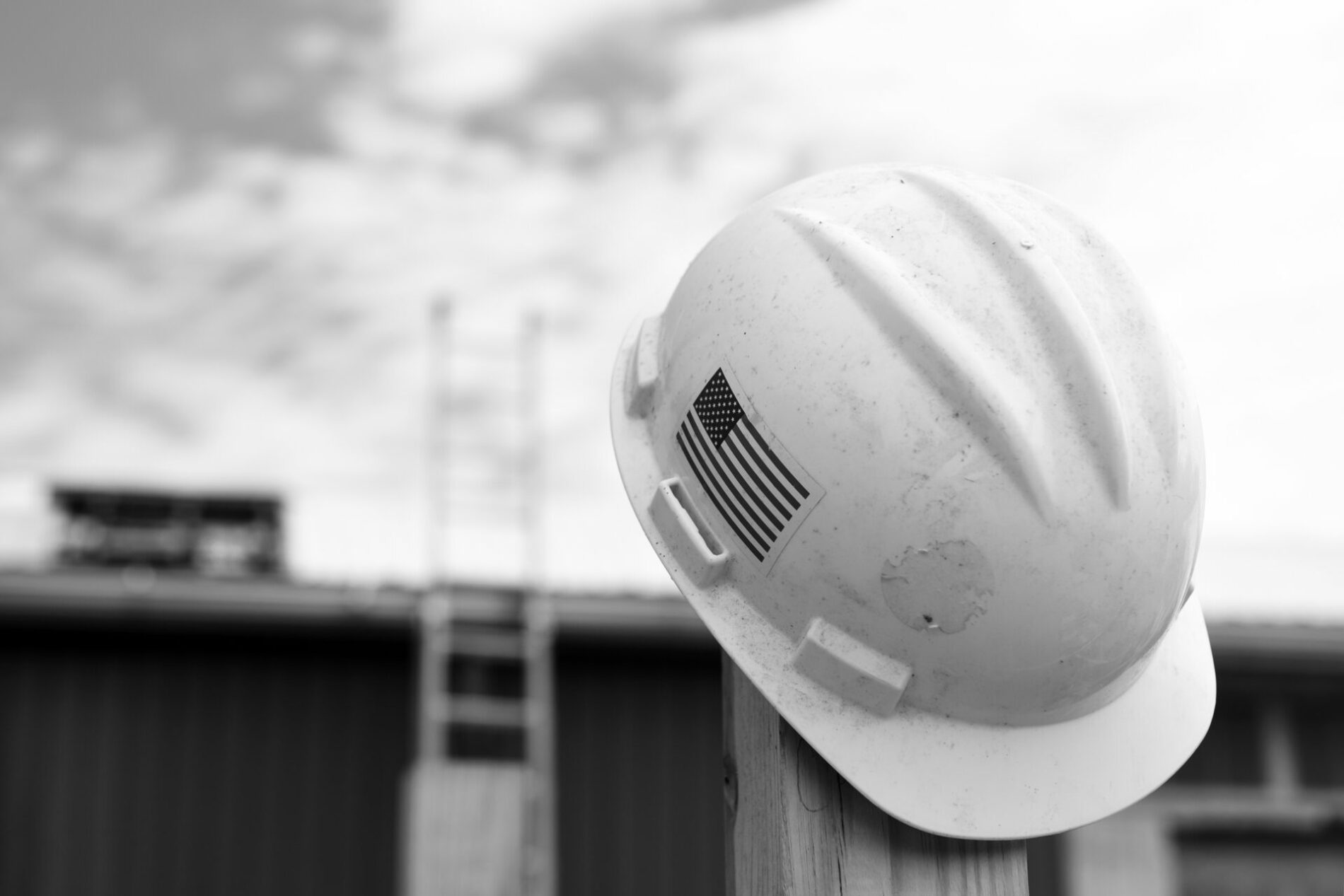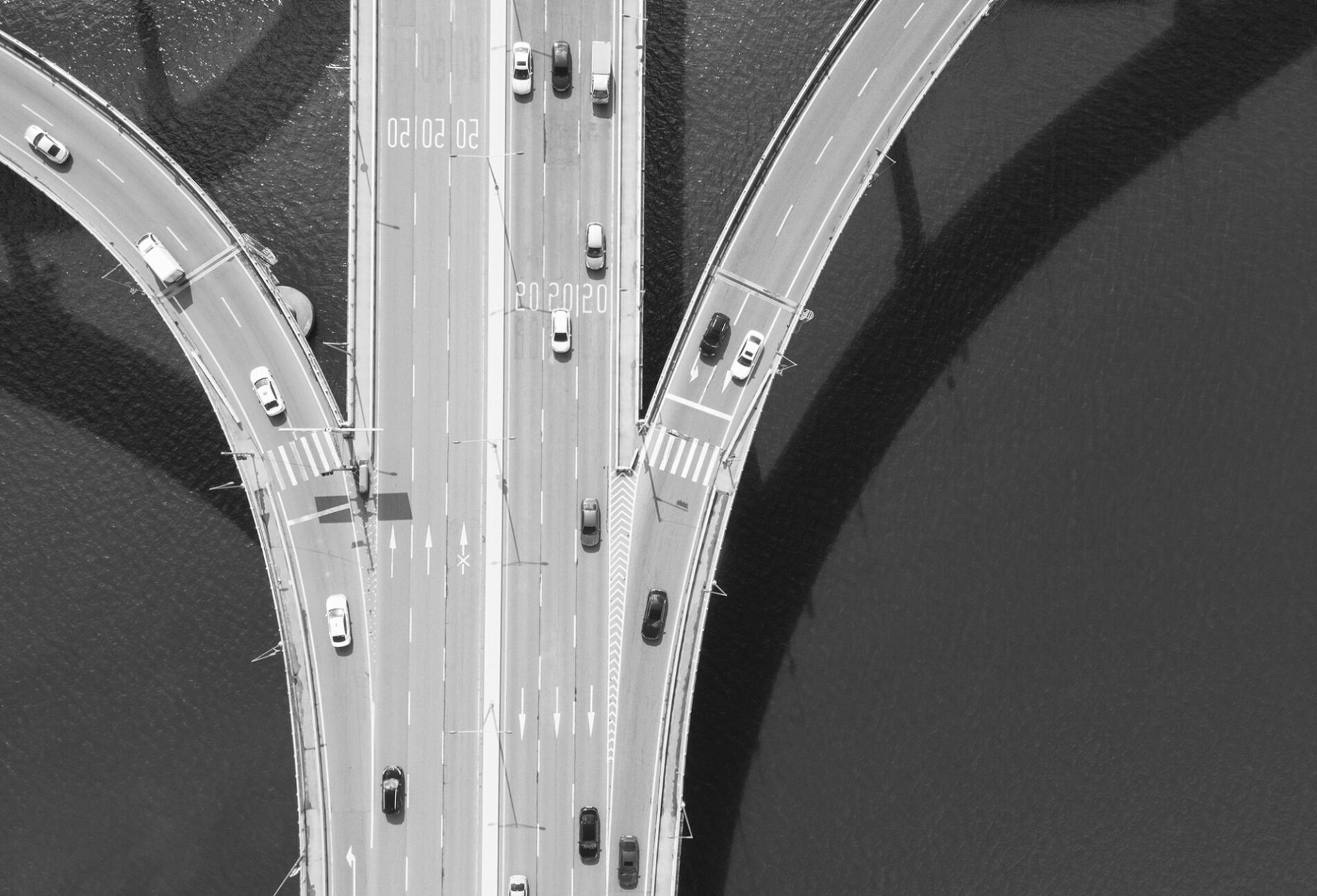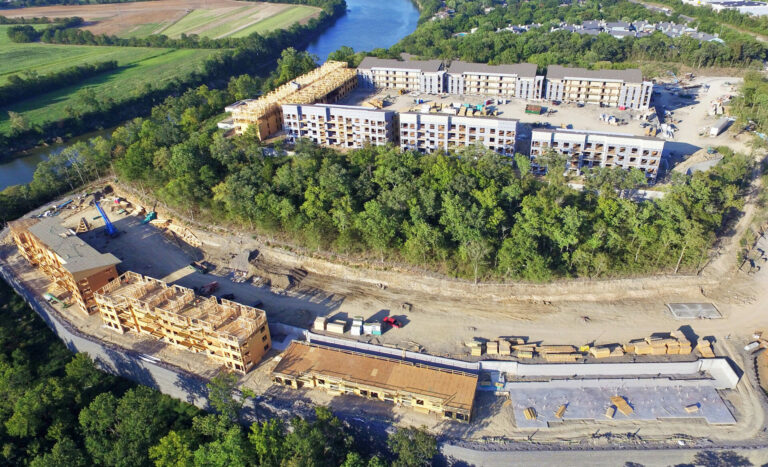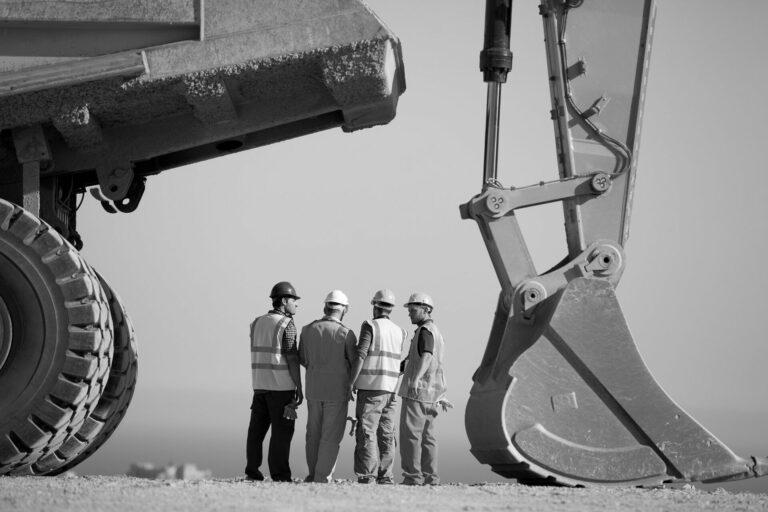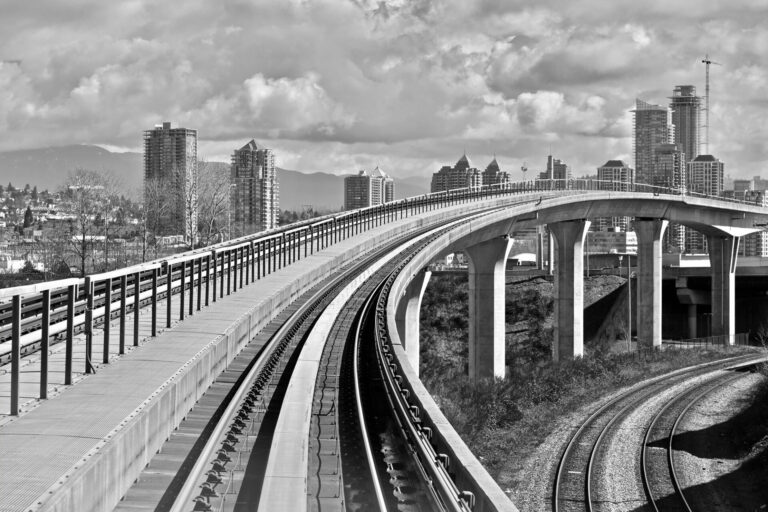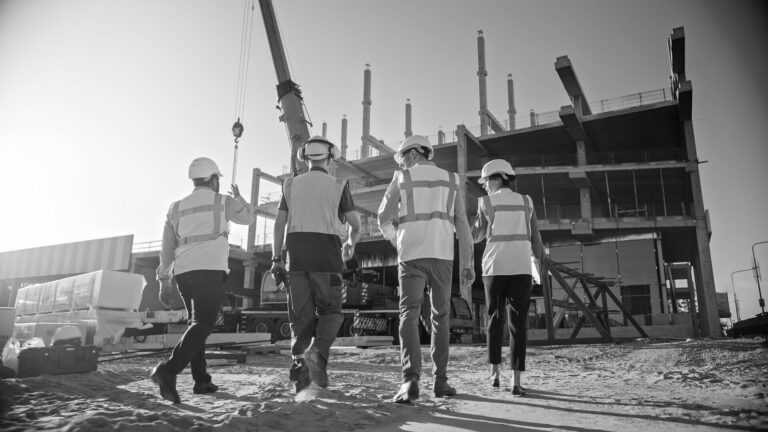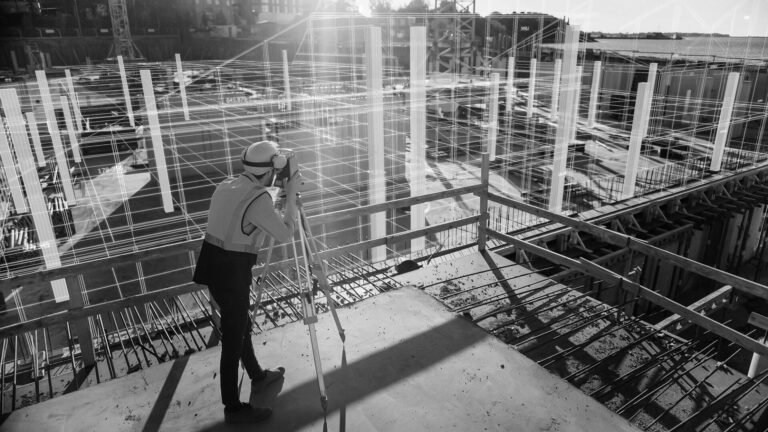Countless opinion pieces and articles have discussed the state of U.S. infrastructure. From rail and road networks to energy grids, bridges, and telecom systems, the country is facing significant challenges. In many instances, these individual systems and networks that guide and assist modern living would be considered standalone industries. However, as part of the Infrastructure Investment and Jobs Act, they fall under a common umbrella. This Act, a monumental, bipartisan success across the industry, has promised much. Hailed as a beacon of hope for infrastructure development, job creation, and technological innovation, this legislation and its subsequent funding was anticipated to reshape the construction landscape. We are now two years on however, and as we approach an election year, it is time to take stock. As the effects of the funding ripple across the industry, it’s essential to assess whether these promises have materialized or encountered unseen challenges. The Infrastructure Bill surged through with promises of revitalizing the nation’s backbone. The Act was a five-year $1.2 Trillion plan which included $550 Billion of new funding and this legislation vowed to transform the construction sector. But what does the industry say, and what do the numbers reveal about its impact?
The Act’s unprecedented level of funding into infrastructure projects initially sparked great optimism, given that the aging and deteriorating roads, bridges and public transportation systems across the country were coming under widespread criticism. Early indications suggested a surge in project initiatives, from the refurbishment of aging infrastructure to the ambitious construction of sustainable, future-proof structures. As the White House released figures recently, detailing where the money has gone, Senior Advisor to the President, Mitch Landrieu gave an honest assessment of the act’s efficacy. “The better idea for the country was we were going to spend time trying to get the money out the door, down on the ground and actually have something coming out of the ground. In two short years, we have more than 40,000 projects that are funded in the country in 4,500 communities in all 50 states, the territories and Washington, D.C. That’s incredible.” Indeed, Landrieu is correct, States across the nation embarked on large-scale projects, breathing life into communities and assisting the industry. However, challenges arose, primarily in the pace of implementation. Bureaucratic hurdles, environmental assessments, and procurement processes often slowed down the commencement of projects. It seems as though, while much has indeed been spent, the desire and need for these new projects is still far greater.
“It seems as though, while much has indeed been spent, the desire and need for these new projects is still far greater.”
Another element of this funding that should be explored is the type of projects that are being greenlit. According to the White House, the project list covers a multitude of sectors including airports, bridges, roads, constructing more recharging stations for electric vehicles and providing high-speed internet to every home. “This funding has led to improvements on 135,800 miles of roads and [has] launched over 7,800 bridge repair projects, increasing safety and reconnecting communities across the country.” Additionally, in relation to public transport, the federal government believes that much has been done. “The Bipartisan Infrastructure Law invests $66 billion for rail, the largest investment in passenger rail since the inception of Amtrak and an unprecedented investment in rail safety. Since President Biden took office, Amtrak has upgraded 29 stations to full Americans with Disabilities Act (ADA) compliance, and 30 more stations will be made accessible in the next year, to ensure that all passengers can access Amtrak service.”
While technically, this is true, the figures themselves tell a slightly different story. Airports make up only 14% of projects with roads and bridges far exceeding any other sector at 42%. Public transport and Electric Vehicles, Busses, and Ferries for example, comprise just 7% and 6% respectively. When we look geographically, we also see funding heavily skewed towards the Midwest which has received a third of all funding across any sector. While no clear indication is given as to why that may be, it seems that spending is not being spread evenly.
One of the bill’s primary goals was to create additional jobs across various sectors, especially within construction. The initial phase witnessed a surge in employment opportunities, providing a much-needed boost to the industry. Skilled and unskilled laborers alike found openings in the expanding project portfolios, addressing unemployment concerns and bolstering local economies. According to the White House, the figures are positive in this regard. “The construction sector is highly cyclical, with employment growing during economic expansions and declining during recessions. Consistent with this trend, the economy has added 670,000 jobs in construction since President Biden took office in January 2021—an average of 20,000 jobs per month.”
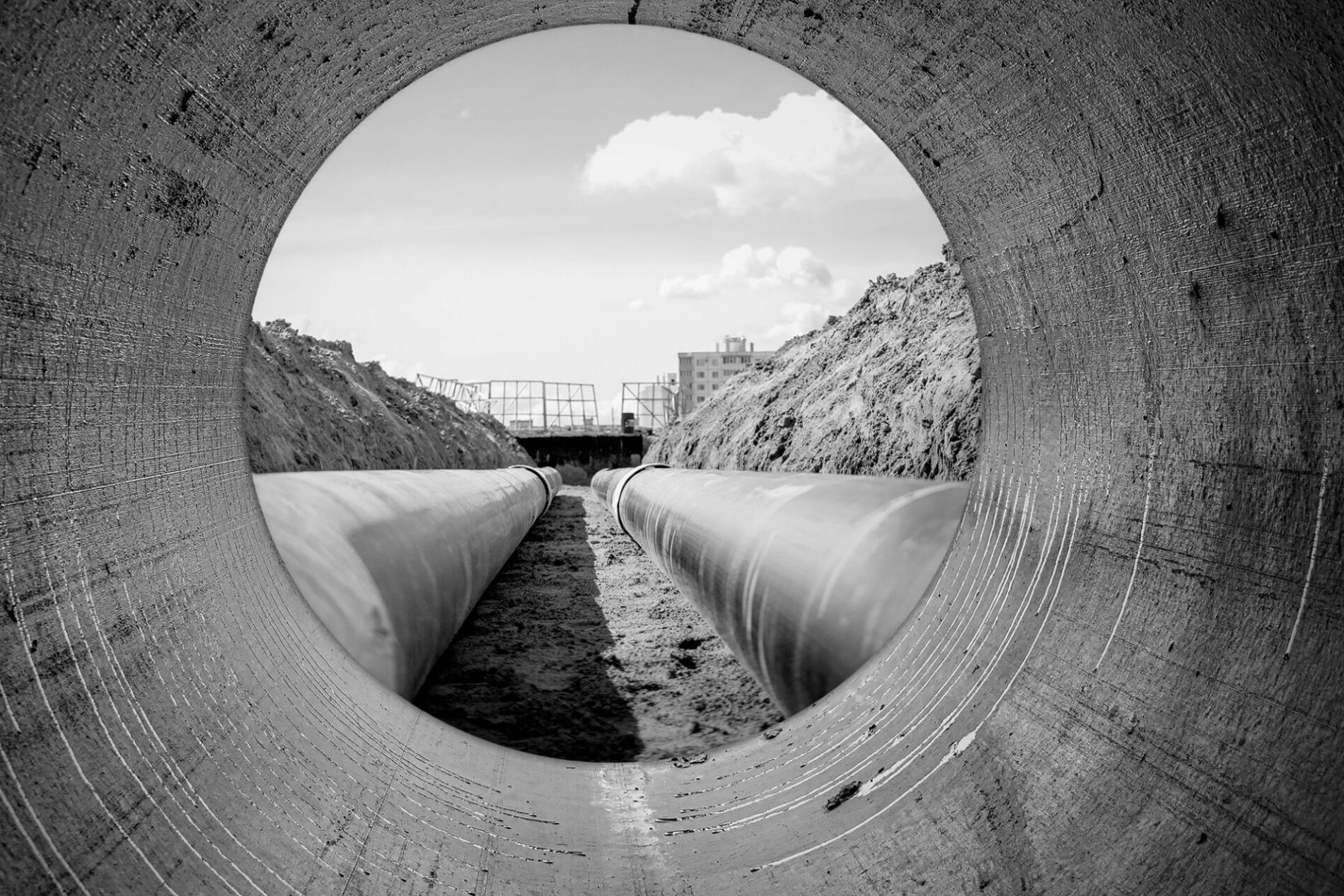
However, these figures do not look at specific sectors. Unsurprisingly, much of these gains have occurred in the highway, street and bridge construction industry. Since January 2021, this sector has accounted for almost half of the new jobs created. Interestingly, the other leading sector was in the construction of utilities, a sector that has not had as much funding in a like-for-like comparison. Ultimately, however, these jobs much be compared to overall national rates and the sustained creation of jobs has proved to be more challenging. The industry has, for quite some time, been facing a shortage of skilled labor. This shortage has led to project delays and increased costs for companies. Skill development initiatives and collaborations with educational institutions have been crucial in addressing this gap, but the long-term solution remains a work in progress.
The Infrastructure Investment and Jobs Act has undeniably high targets and goals. It is a far-reaching piece of legislation and is, in many ways, a tangled mess of red tape and challenges. However, it is undoubtedly a net positive for the industry and may yet be the impetus for monumental changes within the construction industry. Despite encountering anticipated hurdles, its impact on infrastructure development and job creation and is clear, though not necessarily as successful as the federal government would like. According to Landrieu, the bill’s success lies not just in funding but in navigating challenges, fostering collaborations, and adapting to an evolving landscape. “We have gotten out of the habit of having the federal, state and local governments working in coordination with each other well, and as a consequence, we’ve stopped learning how, in partnership with the private sector and labor, to build big things. We’re starting to do that again. We’ve been intentional about breaking down the stovepipes between and amongst all the [Cabinet departments], so that coming up here is like a one-stop shop. Putting aside the roads, the bridges, the airports, the ports, which I call “the what,” this is what I call “the way”: communication, collaboration, coordination — every day, all day, rinse, repeat, do it over again, get better at it, get faster at it, get more thoughtful, learn how to make decisions better. All of a sudden, you can build a lot of big stuff.”









